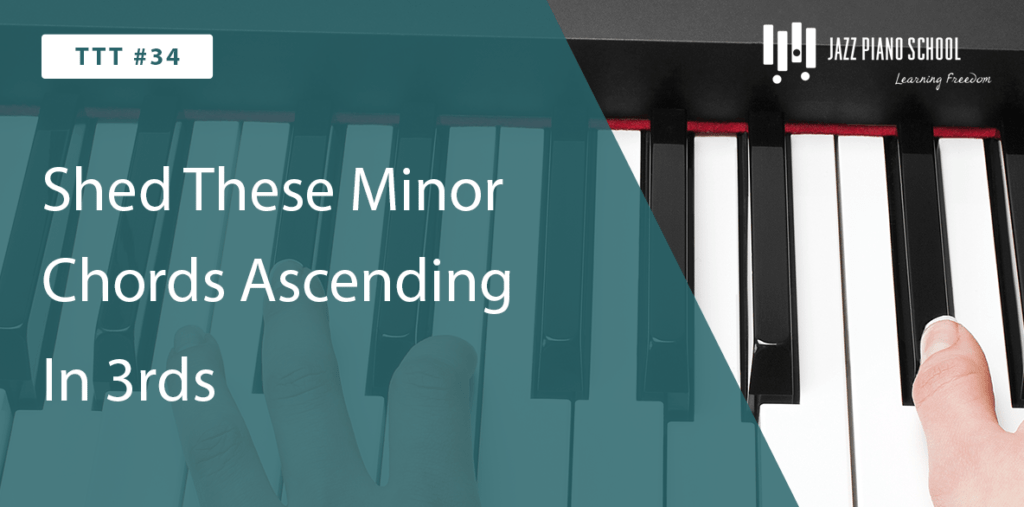What do Brad Mehldau, Mark Turner, and Eric Harland all have in common?
They’re some of the foremost jazz musicians of our time. And yes, they’d sound amazing in a band together, of course. But what are we really talking about here?
STYLE.
Each one of these musicians has their own unique style and voice on their instrument. So much so, that they influence a wide range of musicians in the jazz community today. Some can recognize these players just from hearing three notes, or one bar of time. How do these giants attain this level of individual expression? Well, everyone starts somewhere.
When listening to players such as these, it is important to consider where they come from musically. When I think of Brad Mehldau, I hear seminal recordings such as “Highway Rider” (2012), “Art of the Trio Vol. 1” (2013), and his most recent release: “After Bach” (2018) where he interprets original works by J.S. Bach, and writes his own impressions in a contrapuntal and harmonically complex style.
“John Boy” – Highway Rider
“Lament for Linus” – Art of the Trio, Vol. 1
“Rondo” – After Bach
What one doesn’t often hear is what comes before these characteristic works. Few artists openly talk about their influences, but Brad has been known to profess his love for the great Wynton Kelly. (Link to JazzTimes interview article here: https://dev.jazztimes.com/features/brad-mehldau-keyed-in/)
Wynton Kelly earned his tenure in Miles Davis’ first great quintet, swinging to the beat of Jimmy Cobb and Paul Chambers. Kelly is known for his articulate, triplety swing feel, as well as his adventurous and dynamic lines.
Check Brad out early on with Joshua Redman, Brian Blade, and Christian McBride live at Newport!
He’s playing some dirty blues, quite different from the records mentioned above. He comes out swinging with a flurry of triplets, and he’s off to the races. He has assimilated the influence of Wynton Kelly, but is able to inject his own flavor in the form of substitute chords and alternate harmonies.
By the same token, you can hear how traditional influences of the blues spirit and vocabulary remain present in his more modern playing. Here is a video showing his colors playing a blues at Smalls Jazz Club in 2016:
He has clearly refined his sound since the Newport video, and demonstrates a patience and mystique that has come from his age and experience. He starts simply, playing no more than the music needs until he absolutely must. After a long and measured buildup, Brad erupts into the harmonically adventurous lines for which we know him. We are soon immersed in a journey into his world, not knowing where it will take us.
The Brad Mehldau we know today would not have come to be without the figures of the past which inspired his playing and guided him on his musical path.
As listeners, we can endeavor to hear where these major artists come from and where their influences lie.
As players, we can follow in their footsteps by finding these primary sources from past generations and investigating them for ourselves.
What’s your STYLE?
Recommended listening:
Mark Turner:
“Salt n Pepper” (Trio from the album “Fly” 2010)
“Days of Wine and Roses” (Album “In This World” 1998)
Lester Young:
“Fine and Mellow” – Billie Holiday (1957)
Eric Harland:
Blues trio with Aaron Parks & Joe Martin
“Superstition” – SFJazz Collective
Tony Williams:
“Four” from Miles Davis album “Four and More” (1964)
“Freedom Jazz Dance” from Miles Davis album “Miles Smiles” (1967)














